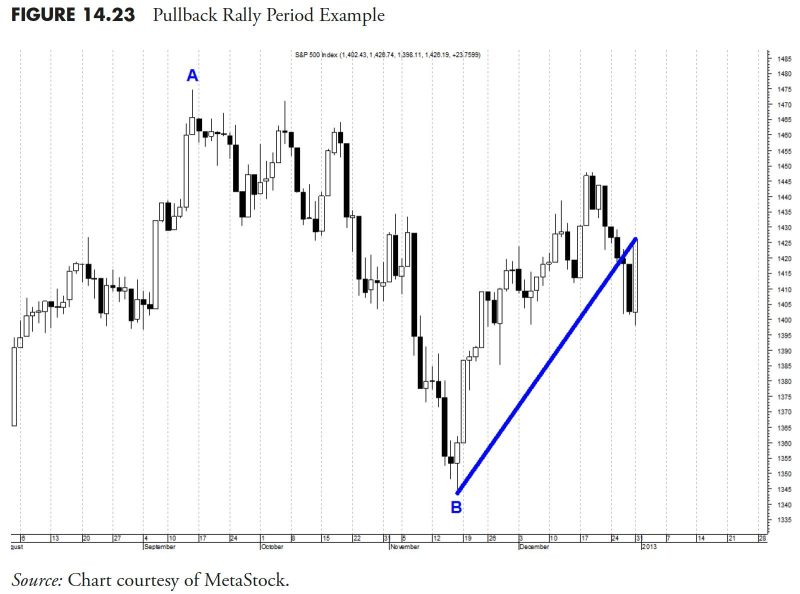In the realm of investment management, effective security selection rules and guidelines are indispensable components that guide investors towards making well-informed decisions. Properly devised selection strategies can significantly impact the success and profitability of an investment portfolio. This article aims to delve into the nuances of security selection rules and guidelines, focusing on the various aspects that investors should consider when navigating the complex landscape of financial markets.
One crucial aspect of security selection is the consideration of the investment horizon. Investors must align their security selection criteria with their investment goals, time horizon, and risk tolerance. Short-term investors may prioritize factors such as technical indicators and market momentum, while long-term investors may focus on fundamental analysis and company fundamentals.
Fundamental analysis plays a pivotal role in the security selection process, as it involves assessing the intrinsic value of a security based on factors such as financial statements, earnings potential, competitive positioning, and macroeconomic trends. Investors can use various metrics such as price-to-earnings ratio, price-to-book ratio, and dividend yield to evaluate the attractiveness of a security relative to its peers and the broader market.
In addition to fundamental analysis, technical analysis provides valuable insights into market trends and price patterns that can help investors make tactical decisions on buying and selling securities. Technical indicators such as moving averages, relative strength index, and support and resistance levels can aid investors in identifying entry and exit points based on historical price data.
Risk management is another critical consideration in security selection. Investors should implement risk management strategies to protect their capital and preserve wealth. Diversification, position sizing, and stop-loss orders are essential tools that can mitigate downside risk and limit potential losses in a volatile market environment.
Furthermore, environmental, social, and governance (ESG) factors are increasingly becoming influential in security selection decisions. Sustainable and responsible investing practices incorporate ESG considerations to assess the non-financial performance of companies, including their impact on society, the environment, and corporate governance practices. By integrating ESG criteria into security selection, investors can align their investments with their values and contribute to positive societal and environmental outcomes.
In conclusion, effective security selection rules and guidelines are imperative for investors seeking to build a robust and resilient investment portfolio. By combining fundamental analysis, technical analysis, risk management, and ESG considerations, investors can make informed decisions that align with their investment objectives and values. Adhering to a systematic and disciplined approach to security selection can enhance the probability of achieving long-term investment success and financial prosperity.




























